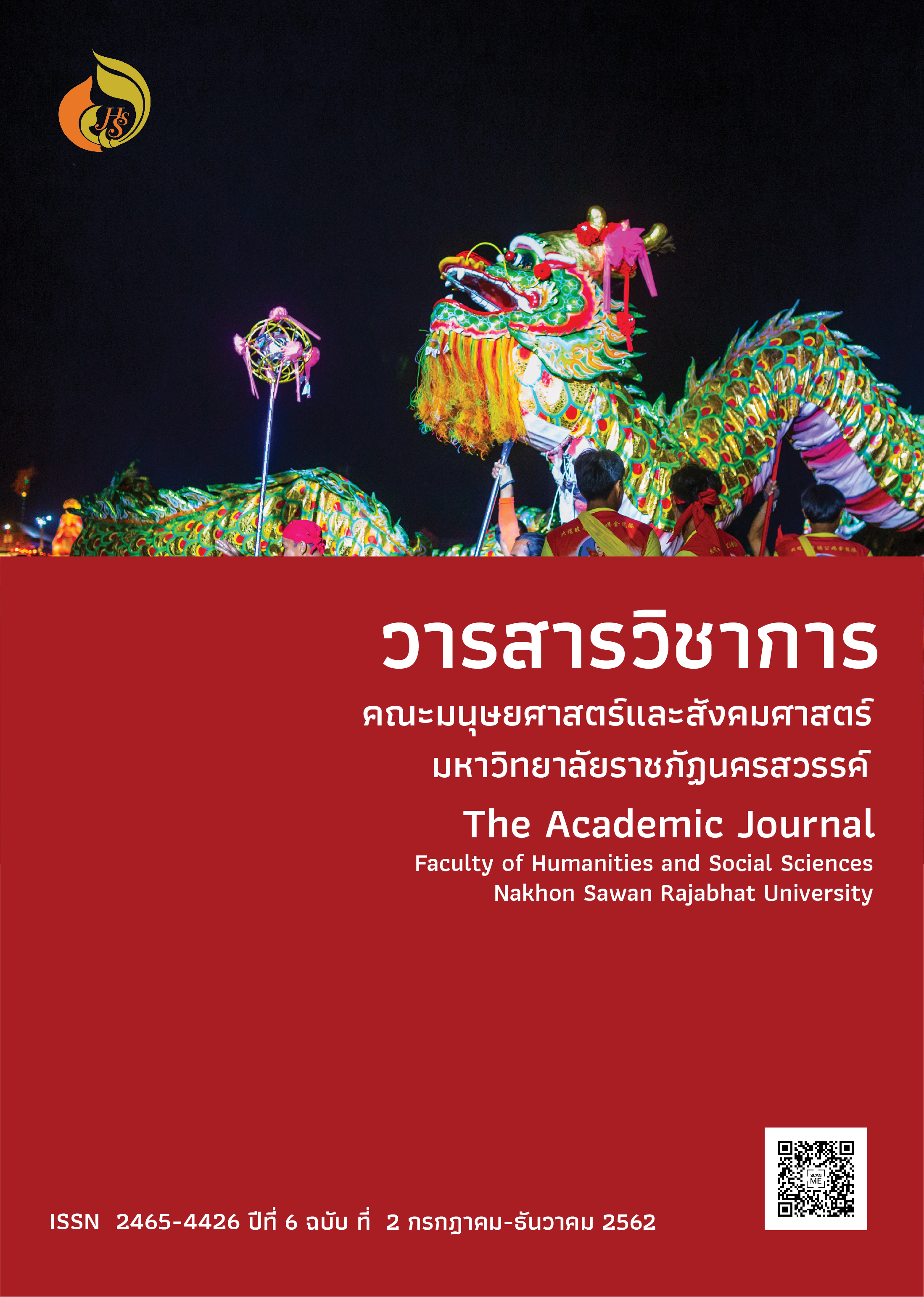Blood Donation Campaign Strategy for National Blood Centre, Thai Red Cross Society
Main Article Content
Abstract
The objectives of this research were (a) to analyze blood donation campaign strategies between 2018 and 2019; (b) to conduct a survey of donors response to the blood donation campaign; and (c) to make recommendations to the National Blood Center and the Thai Red Cross Society for a more effective and proper blood donation campaign strategy.This analysis comprised both Qualitative and Quantitative Research. The sample group which responded to the Qualitative Research specific interview methods, included the three Executives involved in the blood donation campaign for the National Blood Center, as well as Specialists and Scholars with at least twenty years of experience in the field. The sample group which responded to the Quantitative Research, within the context of a more random interview method, featured the 400 donors who had donated blood to the National Blood Center. At the end, the results from both sample groups were compiled and analyzed together.
This research presents the results of the Qualitative Research and strategies for the blood donation campaign only. Some findings are that: (a) currently, there are many different blood donation strategies and dissimilar media campaigns being used; (b) however, blood donation remains inadequate; (c) blood donation policies are too broad and need to be more specific to the targeted groups; (d) first and secondary targets are not clearly identified and that two different sets of rules for the different target groups should be developed. Further, the findings illustrate that although there are many supporting national networks, compared to the organizations in Bangkok itself; this network of supporting organizations is still not enough. Therefore, the main projects and activities must accord with and clearly specify the groups being targeted to increase blood donation. Additionally, it is important to note that any new campaign strategy must consider and be influenced by this digital age.
Article Details
References
นฤมล บุญสนอง และยุพา เอื้อวิจิตรอรุณ. (2552). การศึกษาปัจจัยที่มีผลต่อการบริจาคโลหิตของบุคลากรในโรงพยาบาลพาน จังหวัดเชียงราย เพื่อเพิ่มจำนวนผู้บริจาคโลหิต. วารสารโลหิตวิทยาและเวชศาสตร์บริการโลหิต, 19 (3), 161-170.
สภากาชาดไทย. (2559). รายงานการรับจ่ายโลหิต ศูนย์บริการโลหิตแห่งชาติ สภากาชาดไทย. กรุงเทพฯ: สภากาชาดไทย.
สภากาชาดไทย. (2560). รายงานการรับบริจาคโลหิต ศูนย์บริการโลหิตแห่งชาติ สภากาชาดไทย.
กรุงเทพฯ: สภากาชาดไทย.
สภากาชาดไทย. (2561). รายงานการปฏิบัติงานและผลงานประจำปี ศูนย์บริการโลหิตแห่งชาติ สภากาชาดไทย. กรุงเทพฯ: สภากาชาดไทย.
อรวรรณ ปิลันธน์โอวาท. (2554). การสื่อสารเพื่อการโน้มน้าวใจ. พิมพ์ครั้งที่ 3. กรุงเทพฯ: สำนักพิมพ์แห่งจุฬาลงกรณ์มหาวิทยาลัย.
Abril, E. (2016). Explaining Voluntary Blood Donation from a Communication Perspective. Cuadernos. Info. No.38 pp. 17-33
Atkin, C.K. (2001). Public Communication Campaigns. 3rd . Thousand Oaks: Sage Publication.
Barnaro, A. & Parker, C. (2012). Campaign It!: Achieving Success through Communication. United Kingdom: Kogan Page Limited.
Bryant, J. & Thompson, S. (2002). Fundamentals of Media Effects. Toronto: McGraw Hill.
Krejcie, R.V. & Morgan, D.W. (1970). Determining Sample Size for Research Activities. Educational and Psychological Measurement, 30(3), pp. 607-610
Lovell, R. B. (1980). Adult Learning. New York: Halsted Press Wiley & Son.
Scott M. C. & Allen H. C. (1964). Effective Public Relations. 4 '' ed. N.J: Prentice-Hall.


